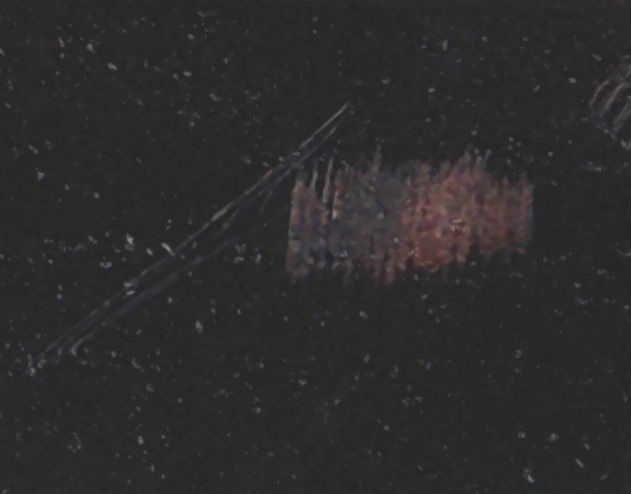Beware Rust Converters!
- Both Dinitrol with its rc800 and Hammerite Products with their Kurust sell rust convertors. I'm now going to tell you why we don't use them and neither should you.
- Oil and grease contamination will prevent the conversion First of all, a lot of the underneath of most cars, especially Land Rovers, is contaminated with oil and grease from leaking oil seals etc. On oil or grease contaminated areas, unless the underside is extremely thoroughly cleaned, degreased, and then completely dried, the rust converter will not work. So you are very likely to have the nightmare scenario of an ineffective, poorly adhering coating sitting between the rusty surface and any coating of rustproofing wax, making the rustproofing wax totally ineffectual. Waxoyl, and my similar, more formulted CR coating, are petrochemicals very similar to oil and grease from leaking seals of mechanical parts on the underbody.
- Waxoyl penetrates and combines with any contamination
- It's unclear exactly what is in the bewildering array of different Dinitor products. How well any of them will penetrate oil contamination and form an amalgam with it I'm not really sure. I am quite sure though that waxoyl and my CR will penetrate any oil or grease contamination and form an effective anti-corrosive amalgam with it. (Oil and grease are the original rustproofing). Waxoyl and my own Before 'n After improved Waxoyl and my more formulated coating which I call CR, all contain around 70% white spirit. So when this is applied, this will first of all act as a solvent to the contamination and the oil or grease will combine with the coating. As the white spirit evaporates, the coating grips the surface ever tighter in a “mechanical keying effect”. That is the theory and I know it works in practice because I have been in the rustproofing game for 30 years and have rustproofed the underside of thousands of cars.
- Rust breaking through the converter? Big trouble!
- Note that if rust comes through your rust converter and Dinitrol treated underbody you are in real trouble because to apply rust converter again and for it to actually “convert”, you would have to completely remove and degrease the area in question before re-applying your converter. Good luck with that.
- The latex co-polymer problem
- Rust converters contain a latex co-polymer. The rust converters are not penetrative. Try this test: Get a rusty panel and coat it with the rust converter. The converter will generally turn the rusty area an impressive blue/black colour (depending on which brand you use, some don't even work). Once the converter has done its work, take something sharp like a flat bladed screwdriver and score through the area that has been converted. You will see unconverted red rust underneath the blue/black stuff. A coating of waxoyl/dinitrol etc over the area which has been converted will not penetrate into the converter because it contains a latex copolymer. Rustproofing waxes/oils/greases contain rust inhibitors and the wax etc. needs to be in contact with the metal's surface to work properly. (In the case of Dinitrol it's not clear if they are able to arrest the rust on their own and this may be why they are used in combination with the convertr). So the Rustproofing wax applied over the rust converter is of very little use. The wax/converter coating is only as good as the performance of the converter, which, as we have seen is not good. This means that in a matter of a few months or at most a year or two, the wax/converter coating will fail and rust will appear through the coating.
- Our coatings infinitely better at killing and preventing
- further corrosion
-
Waxoyl or Before 'n' After's improved Waxoyl or the Before 'n' After CR coatings are infinitely better at killing rust than rust converters. The rust converter plus waxoyl may appear at first sight like "belt and braces" but the fact is that the rust converter will just ruin the whole job.
I am always looking for a competitive advantage in my Rustproofing business. I did a lot of research on rust converters in 1991 and in 2017 I did some more tests and published the results in a full page ad in LRO. (See the ad in the side pane if you are using a desktop or laptop. . I came to the conclusion that the best competitive advantage when it comes to Rustproofing is reliability, experience and a good name. -

Shows Kurust converter, the clear winner out of the 4 converters tested. Score marks through the apparently converted rusty surface tmade with a Stanley Knife blade. - I'm not alone in saying that rust converters should be avoided. Here is a very thorough look at rust converters.